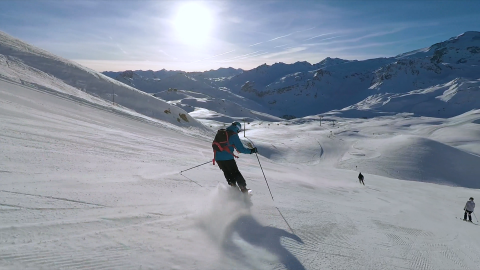ATSC 113 · Weather Science for Sailing, Flying, and Snow Sports

Atmospheric-science principles elucidated by case studies applied to snow sports, sailing, surfing, soaring, and flying.
ATSC113 Video: HERE
Course Topic(s):
Climate & Environment
Includes human context
Oceans & Atmosphere
Physics
Hybrid Course
Non Specialist Course